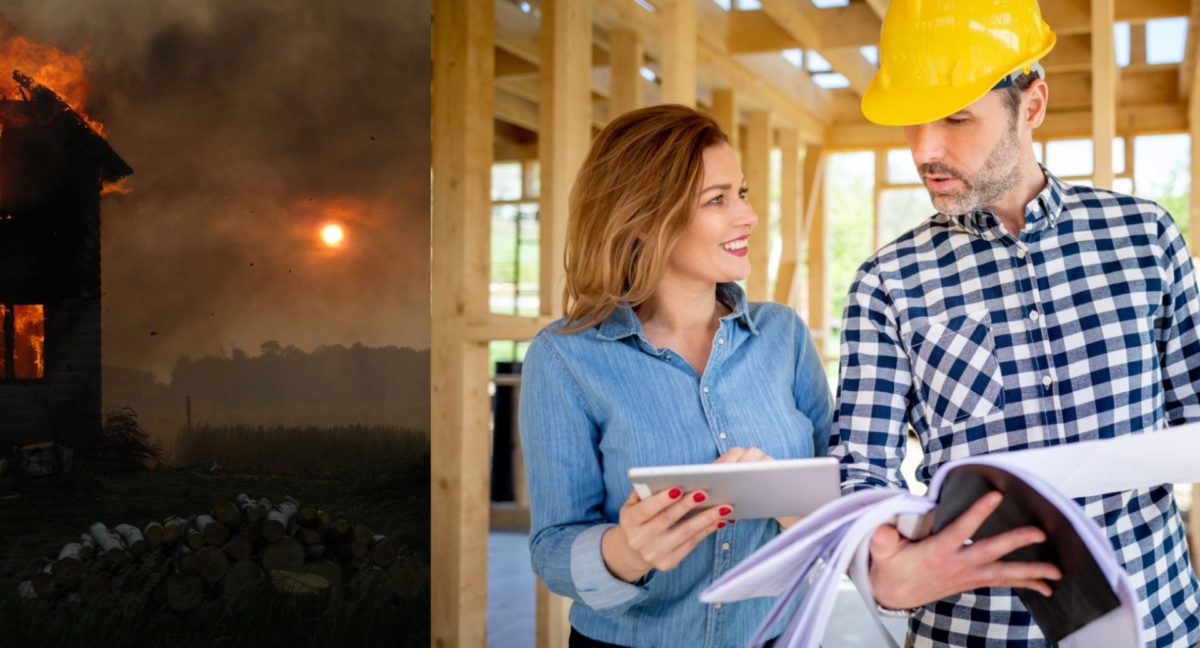Insurance Coverage on Your Home’s Roof

Posted on September 19, 2022 by Phillip Camerer
If you’re a homeowner living in the four-state region, you know weather can be highly unpredictable. Unfortunately, that can leave many homeowners at risk for severe roof damage from hail, wind, tornados, ice, and even snow.
As the homeowner, protecting your home means having insurance coverage. That helps cover the cost of the repairs or replacement in the event your home’s roof is damaged.
How do you, as a homeowner, know what your homeowner’s policy covers if you live in one of the Four States of northwest Arkansas, southwest Missouri, northeast Oklahoma, or southeast Kansas?
But because insurance policies can vary from one state to the next, we’ll discuss the essential elements of your policy today. Then next time, we’ll talk about where to turn for guidance on homeowners insurance in your state.
Homeowners Policy
As one of your home’s most important documents, the homeowner’s insurance policy contains many essential elements to understand before a natural disaster strikes. Each year when your policy premium comes due, you’ll receive a:
- Declarations page
- Policy description
- Homeowners amendments that modify aspects of the standard policy description
Declarations Page
A declaration page to an insurance policy is commonly the first few pages of any insurance policy. In addition, it is frequently disclosed at the beginning of each policy year when premiums come due.
No matter what U. S. state you live in, the declaration page will highlight critical information you may need if you were to file an insurance loss on your home’s roof. Unfortunately, many declaration pages contain different information on the front and back.
Front Page of a Declaration
Although not every declaration page is laid out the same, it is common practice for most insurance companies to disclose the following information on the first page of your homeowner’s insurance policy. Some of the most critical elements you’ll need to reference for a roof claim on the first page are:
- Your name and residential address of the home being insured
- Policy number
- Policy period
- Effective dates
- Insurance agent’s name and contact information
- Roof material of your home
- Roof installation year
- Construction type on your home
- Year the house build was completed
Second Page of the Declaration
The second page will contain details about the insurance coverage. The coverage is often mandated by state legislators. Those lawmakers place minimum coverage limits and liability coverage in case of damage or injury caused to another while on premises. The two most significant elements you need to know about are your:
- Policy deductible(s)
- Loss settlement
Policy Deductibles
The deductible is essential for insurance companies to figure out your premium. The higher your policy deductible amount is set, the lower your premium will often be; however, this can vary depending on each state’s guidelines.
Loss Settlement
Another factor that can critically affect your home’s roof is the existing construction. For homeowners, construction may vary depending upon the local and state building codes. When your homeowner’s insurance renews, you’ll receive a copy of your policy booklet. Inside your booklet you will find details in the event of a loss settlement.
So your insurance company will likely only cover the “actual cash value” of the repair or replacement on your roof until it is completed. But because roof claims can vary from state to state, you need to have a solid understanding of what your policy covers regarding roof repair or replacement.
Third Page of Declaration
Depending on your insurance company, there might be a third page of the declaration. That page will contain additional details on amendments, endorsements, forms, options, and any other messaging.
Homeowners Policy
Your homeowner’s policy booklet will often outline deductibles and loss settlement provisions on the declaration page.
Policy Amendments
All policy amendments get supplied to you on individual 8½” X 11″ sheets. These amendments are essential to understand because these changes commonly occur because of changing state legislation.
Approved Roofing Contractors
Filing an insurance claim when an unexpected storm damages your home’s roof is hard to remember. After all, you’re likely standing deep in grief, and the last thing on your mind is calling your insurance agent.
But the fastest way to get back on track is to contact your agent. They’ll record all the critical information on the loss and guide you on finding an approved roofing contractor.
You can also find local roofing contractors in your area through specific roof manufacturer websites, like TAMKO roofing. Phillip Camerer Roofing, a certified TAMKO roofing contractor. Contact Phillip Camerer at (417) 451-5479 to schedule an onsite storm damage assessment.
